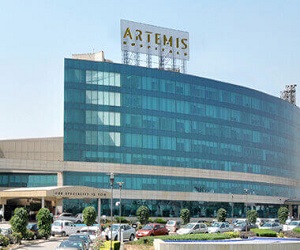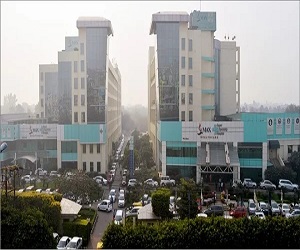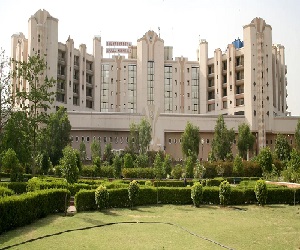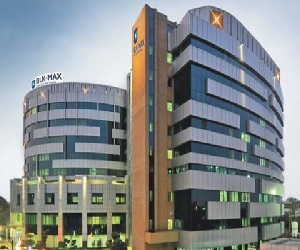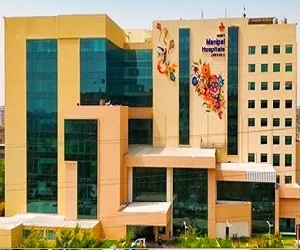Laparoscopic supracervical hysterectomy (LSH) is a surgical procedure that involves the partial removal of the uterus while preserving the cervix and ovaries. This minimally invasive technique utilizes a laparoscope, a thin tube with a camera and light, to provide a clear view of the pelvic region and guide the surgeon in removing the diseased uterus. The importance of this procedure lies in its numerous benefits, which contribute to improved patient outcomes and quality of life.
Benefits of Laparoscopic Supracervical Hysterectomy
The benefits of laparoscopic supracervical hysterectomy include:
- Less recovery pain
- Shorter stay in the hospital
- Smaller abdominal scars
- Less recovery time
- Avoids hormone replacement
Who Needs a Laparoscopic Supracervical Hysterectomy?
LSH is recommended for patients with the following conditions:
- Large Fibroids: Non-cancerous growths that cause pain, heavy bleeding, or pressure symptoms.
- Severe Uterine Infections: Persistent infections that do not respond to other treatments.
- Uterine Prolapse: When the uterus descends into the vaginal canal due to weakened pelvic muscles.
- Endometriosis: A condition where tissue similar to the lining of the uterus grows outside the uterus, causing pain and bleeding.
- Adenomyosis: A condition where the inner lining of the uterus breaks through the muscle wall of the uterus.
- Uterine Cancer: Cancerous growths within the uterus.
- Menorrhagia: Heavy or prolonged menstrual bleeding.
- Severe Menopausal Pain: Pain associated with menopause that significantly affects quality of life.
Procedure of Laparoscopic Supracervical Hysterectomy
The laparoscopic supracervical hysterectomy involves several stages. Initially, an anaesthetist evaluates the patient’s overall health before the surgery begins.
Once the anaesthesia takes effect, the surgeon makes a small, approximately 1-inch incision at the top of the vagina. Through a tiny abdominal incision, a laparoscope camera is inserted to provide a clear view of the uterus and surrounding organs.
Using precise surgical tools, the surgeon separates the uterus from the cervix and removes it through the abdominal incision. Afterward, the incisions are sutured and dressed, with the dressings to remain for about a week. The entire procedure typically lasts between 60 to 90 minutes, depending on the patient’s specific condition.
Risks of Laparoscopic Supracervical Hysterectomy
- Infection
- Pain
- Weakness of the ligaments supporting the vagina, rectum and bladder
- Weak pelvic muscles
- Sepsis
- Excessive bleeding, especially in women suffering from obesity or high blood pressure
Post-Operative Guidelines
After LSH, patients should follow these guidelines to ensure proper healing:
- Avoid Strenuous Activity: Refrain from heavy physical exertion for at least six weeks.
- No Tub Bathing: Avoid soaking in bathtubs to reduce the risk of infection.
- No Heavy Lifting: Avoid lifting heavy objects to prevent strain on the surgical area.
- Follow-Up Appointments: Attend all scheduled follow-up visits to monitor recovery and address any concerns.
Laparoscopic Supracervical Hysterectomy Treatment cost in India are as follow
| Treatment | Cost in USD | Stay in Hospital |
| Laparoscopic Supracervical Hysterectomy | 670-730 | 2-3 Days |
| Laparoscopic uterine suspension surgery | 670-730 | 2-3 Days |
| Dilation and Curettage | 330-430 | 2-5 Days |
| Colposcopy | 270-330 | 0-1 Day |

